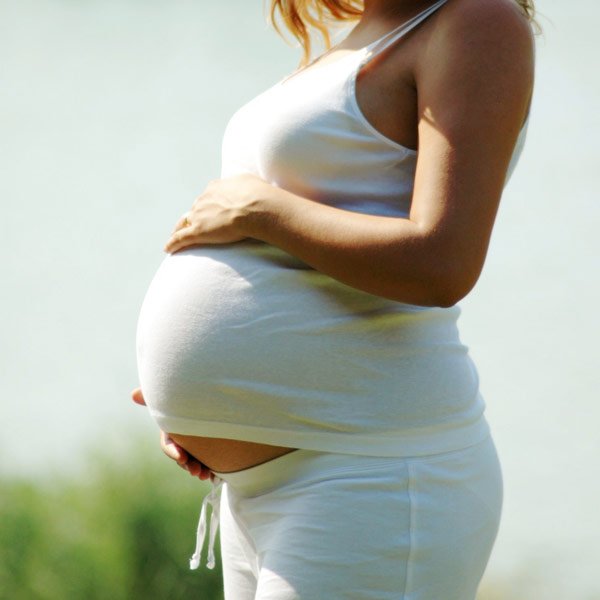
THURSDAY, July 23, 2015 (HealthDay News) — Stillbirths have eclipsed infant deaths for the first time in the United States, a new government report shows.
Several factors may be fueling the trend, including declining infant death rates, racial disparities in access to good care during pregnancy, and fertility treatments that often involve placing more than one embryo in a woman’s womb, experts said.
“The number of fetal deaths [stillbirths] is now slightly higher than the number of infant deaths,” said report co-author Elizabeth Gregory, a health statistician at the National Center for Health Statistics, part of the U.S. Centers for Disease Control and Prevention. In 2013, there were 23,595 fetal deaths at 20 weeks of gestation or more, compared to 23,446 infant deaths, the report showed.
The report did not include abortions, Gregory said.
“Both infant deaths and fetal deaths are going down,” said Dr. Edward McCabe, chief medical officer at the March of Dimes. “But infant deaths are declining more, and that’s leading to this difference.”
Infant death is when a baby dies before his or her first birthday, according to the CDC.
Although fetal death rates overall have remained largely unchanged, they are higher for certain populations, including teens, women aged 35 and over and unmarried women, along with male fetuses and multiple fetuses, the report showed.
But significant racial disparities also emerged in the report.
In 2013, the fetal death rate for black women stood at 10.5 per 1,000 pregnancies, which was more than twice the rate for white women and Asian or Pacific Islander women, researchers found.
The fetal death rate for American Indian or Alaska Native women was 27 percent higher than the rate for white women, while it was 7 percent higher for Hispanic women, the findings showed.
McCabe said those racial differences reflect a disparity in medical care.
“The fact that blacks and other minorities have the highest rate is concerning, because research shows that these are not genetic differences but differences in access to care,” he said. “This is something we as a society need to address.”
He added that the increased rate of fetal deaths among twins and triplets is largely due to an increase in the use of fertility treatments and the implanting of more than one embryo in a woman.
McCabe said that one way to reduce fetal deaths linked to reproductive technology is for women and doctors to opt for single-embryo transfers.
For all women, a key to reducing the risk of fetal deaths is to take good care of themselves before becoming pregnant, McCabe said.
That means not smoking, drinking alcohol or using illicit drugs or narcotic painkillers, he said. It also means getting weight and chronic conditions such as high blood pressure or diabetes under control.
McCabe added that 50 percent of pregnancies in the United States are still unplanned, which can lead to miscarriages, stillbirths and other pregnancy complications.
“By planning a pregnancy, and by being in the best health you can [be] before you become pregnant, [you] will help improve the outcome,” McCabe said.
The report was published in the July 23 issue of the CDC’s National Vital Statistics Reports.
More information
Visit the U.S. Department of Health and Human Services for more on miscarriages and stillbirths.
Copyright © 2025 HealthDay. All rights reserved.

